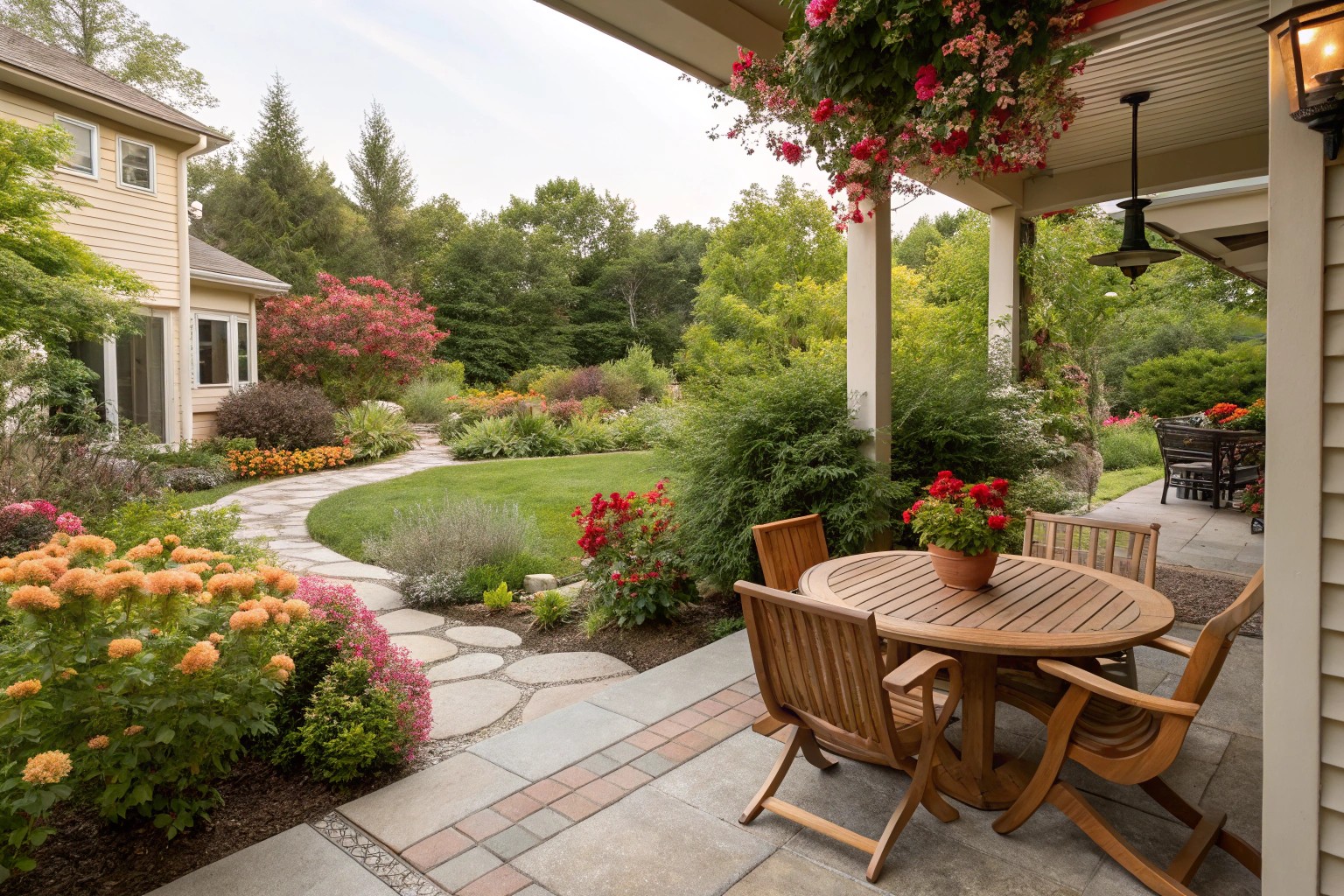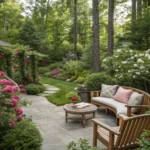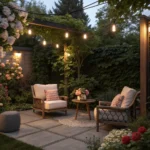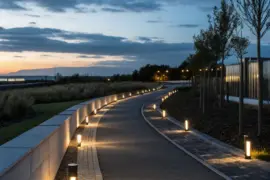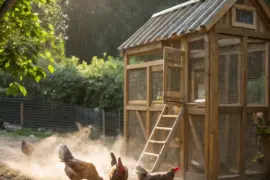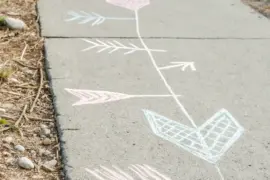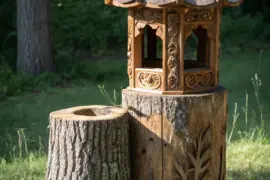Creating beautiful outdoor environments doesn’t require a substantial budget or expensive materials. With strategic planning, resourceful thinking, and an understanding of fundamental design principles, you can transform any outdoor space using entirely free resources and techniques.
Working with Your Existing Landscape Foundation
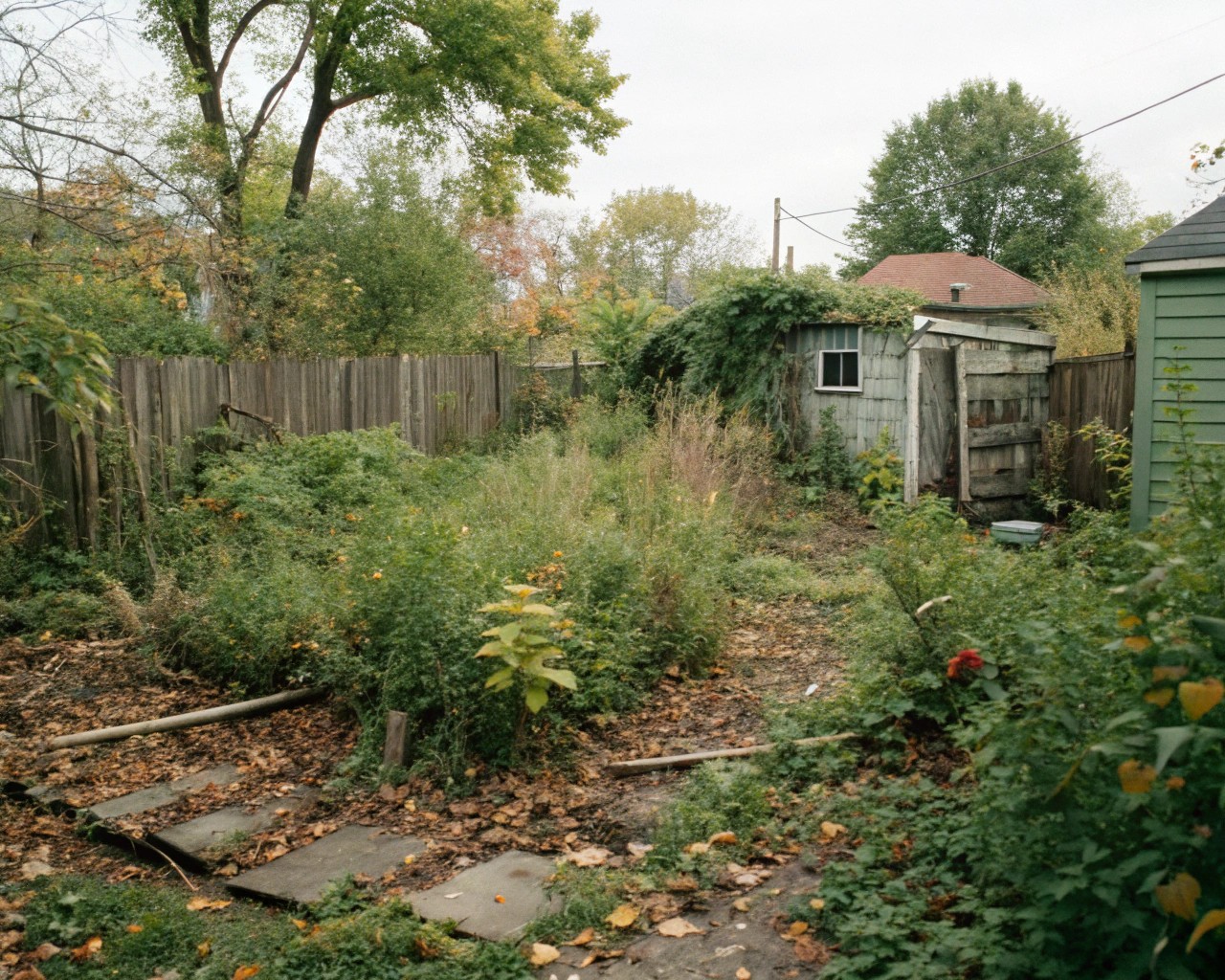
The most cost-effective approach to outdoor design begins with maximizing what you already have. I’ve found that even the most neglected spaces contain valuable elements that can serve as the foundation for transformation.
Evaluating Current Assets
Start by conducting a thorough inventory of your existing landscape features. Look beyond obvious elements like established plants or hardscaping to identify potential design opportunities:
- Existing vegetation: Even weeds can become design elements when styled intentionally
- Natural topography: Slopes, depressions, and level areas each offer unique design possibilities
- Microclimates: Areas with different sun exposure, wind protection, or moisture retention
- Views and sightlines: Both attractive views to frame and less appealing areas to screen
Strategic Removal and Redistribution
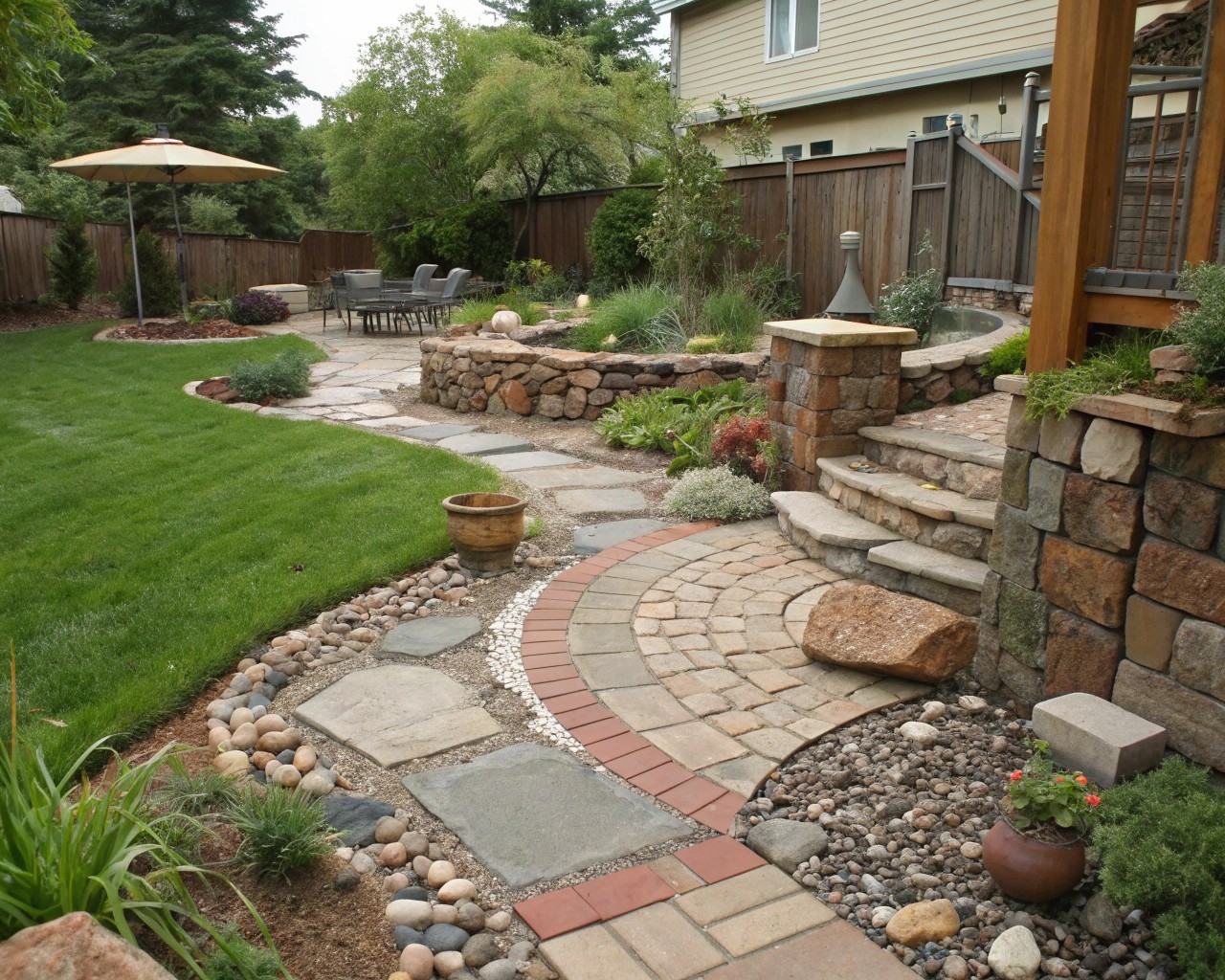
Rather than viewing landscape removal as waste, consider it resource redistribution. When clients need to remove established plants or hardscape elements, I encourage them to relocate rather than discard these materials. Stones, bricks, and pavers can be repositioned to create new pathways or raised bed borders. Healthy plants can be divided and transplanted to extend existing planting schemes throughout the space.
The key principle here involves working with natural patterns rather than against them. If your space naturally collects water in certain areas, embrace these zones for moisture-loving plants rather than fighting the drainage pattern.
Free Plant Acquisition Strategies
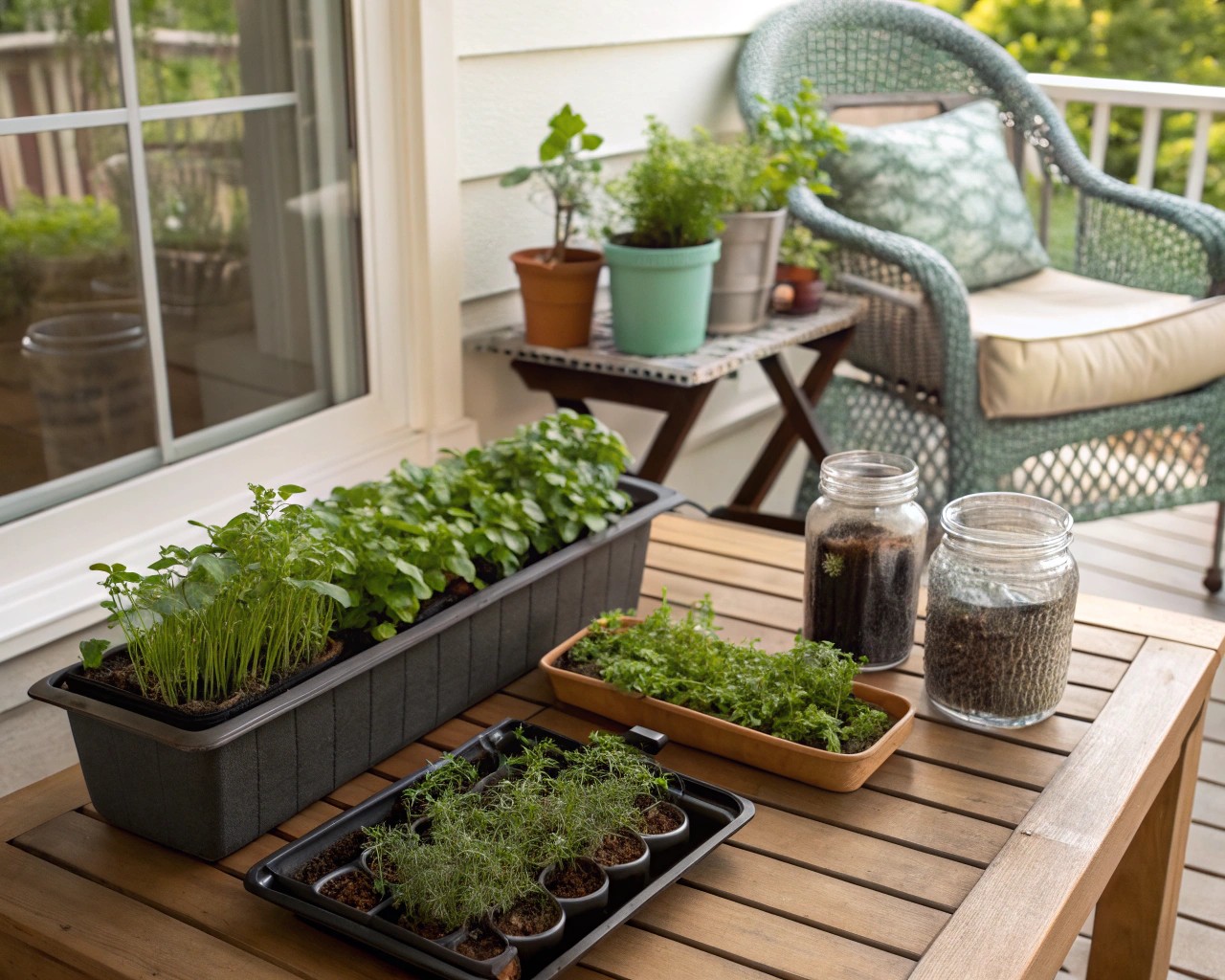
Plant costs represent the largest expense in most landscape projects, yet numerous strategies exist for acquiring plants without any financial investment.
Propagation Techniques
Plant propagation offers the most reliable method for expanding your garden collection. Most plants can be successfully propagated through simple techniques that require minimal equipment.
Softwood Cuttings: Take 3-4 inch cuttings from healthy, non-flowering shoots during the growing season. Remove lower leaves and insert cuttings into a gritty growing medium. Plants like fuchsias, pelargoniums, and petunias root reliably using this method.
Division: Many perennial plants benefit from regular division, creating multiple plants from single specimens. Hostas, daylilies, and ornamental grasses can be lifted and separated every 3-4 years, providing abundant new plants.
Seed Collection: Harvest seeds from existing plants at the end of the growing season. Self-seeding flowers like cosmos, marigolds, and zinnias provide endless supplies of new plants when their seeds are collected and stored properly.
Community Plant Exchange Networks
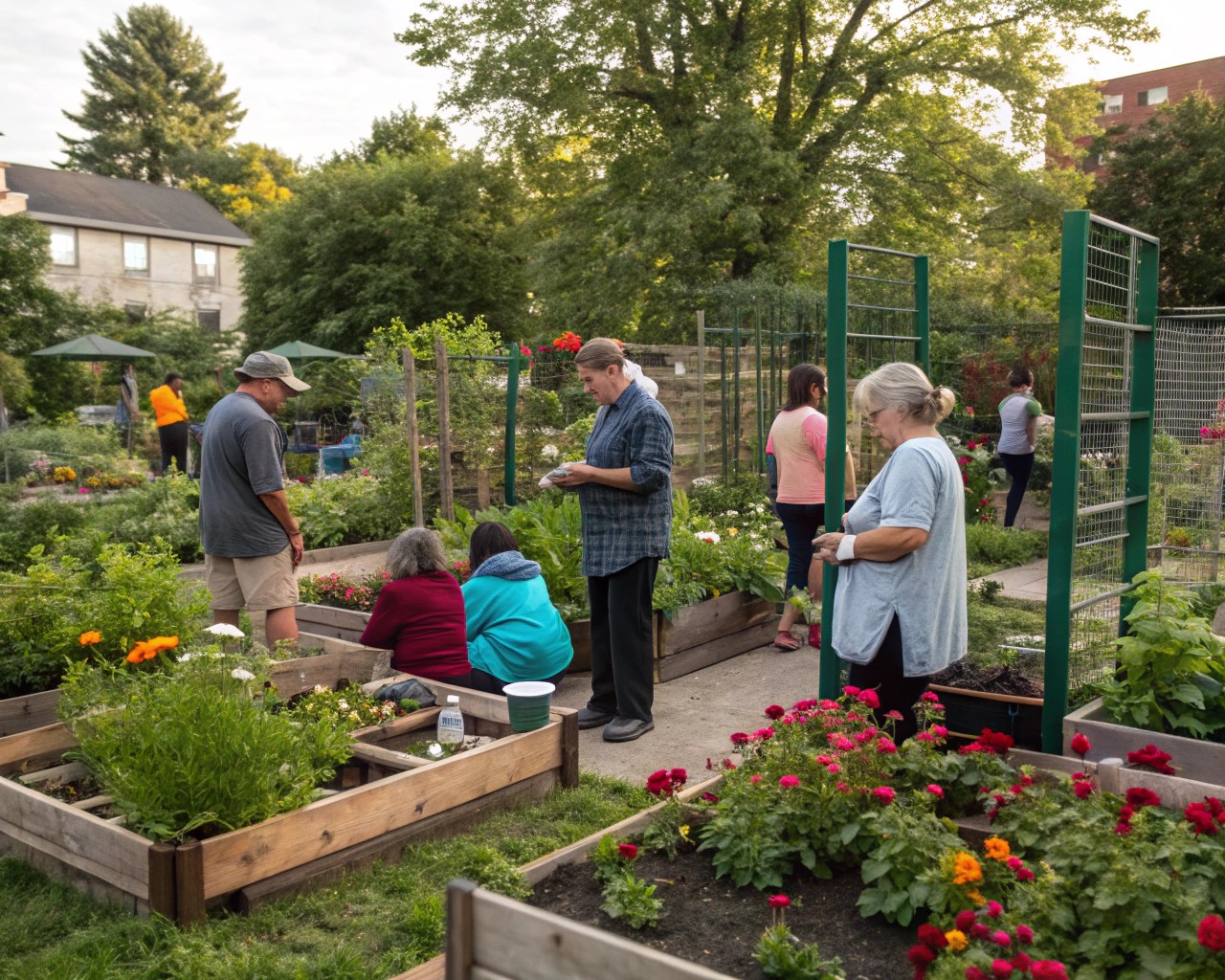
Seed swaps represent one of the most effective methods for acquiring new plant varieties. These events operate on a simple principle: participants bring excess seeds and exchange them with fellow gardeners. The fundamentals mirror a potluck dinner, but with seeds rather than food.
To maximize seed swap success:
- Bring high-quality, properly labeled seeds with collection dates
- Focus on open-pollinated varieties rather than hybrids for better germination
- Prepare small quantities of multiple varieties rather than large amounts of few types
- Contact local seed companies for potential donations to enhance the event
Zero-Cost Materials and Resource Acquisition
Understanding where to source free materials opens up significant design possibilities that would otherwise require substantial investment.
Municipal and Commercial Sources
Many municipalities offer free organic materials that can transform outdoor spaces. Municipal yard waste centers frequently provide free mulch and compost to residents. These materials, created from collected yard waste, offer excellent soil amendment and pathways material.
Tree service companies represent another valuable resource for free wood mulch. These businesses typically pay disposal fees for their wood chips, making them eager to deliver free mulch to gardeners. Services like Chip Drop connect homeowners with local arborists who need disposal sites for their wood chips.
Natural Material Sourcing
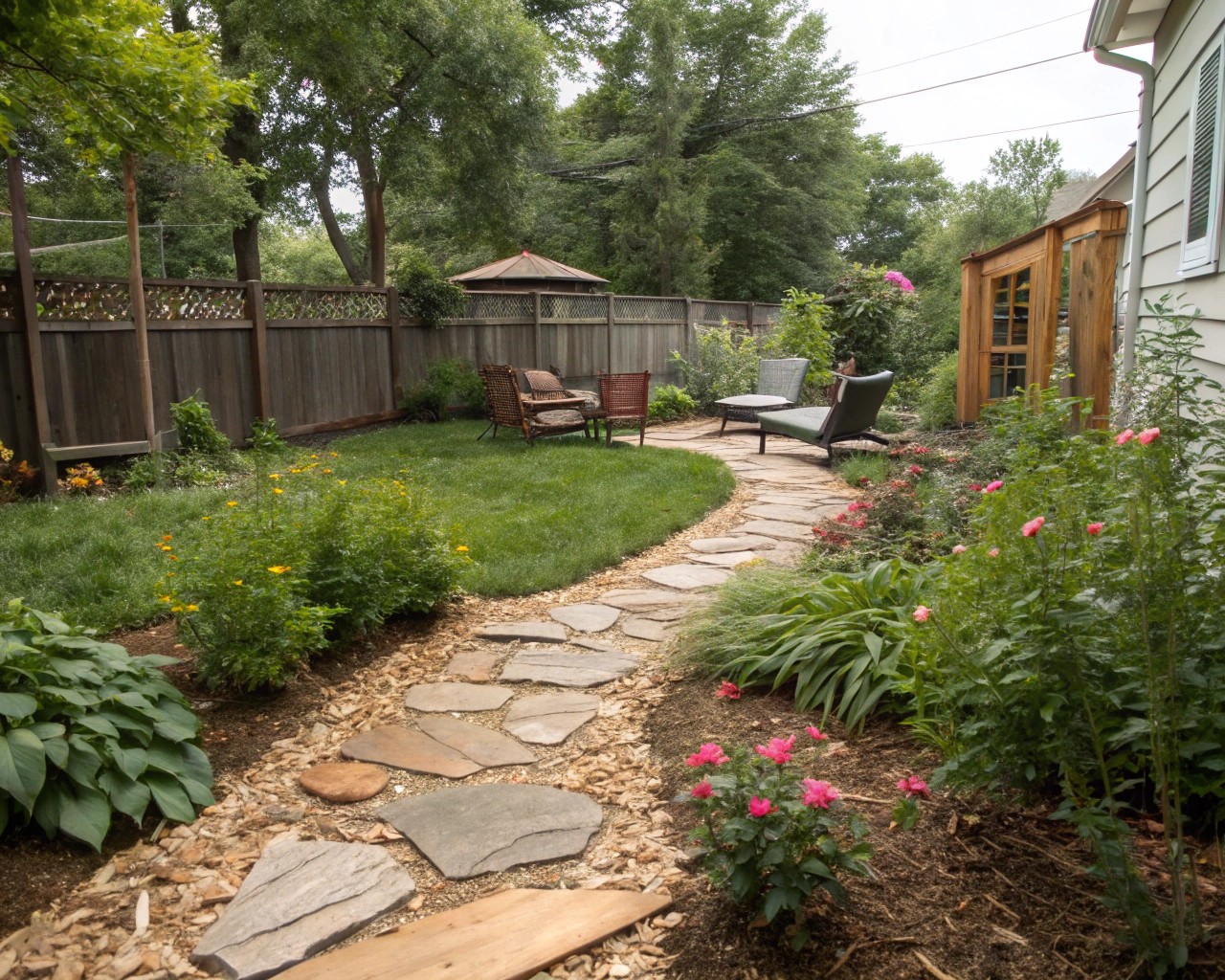
| Material Type | Sources | Best Uses |
|---|---|---|
| Wood chips | Tree services, municipal programs | Pathways, mulch, soil amendment |
| Leaves | Neighborhood collection, own property | Compost material, natural mulch |
| Stones/rocks | Construction sites, natural areas | Borders, drainage, focal points |
| Sand/gravel | Construction projects, road maintenance | Drainage layers, pathway base |
When sourcing materials from construction sites or other commercial sources, always obtain permission before collecting. Many contractors appreciate having materials removed from their sites, but proper communication prevents misunderstandings.
Upcycling and Repurposing Techniques
Creative repurposing transforms discarded materials into functional landscape elements. The key lies in viewing waste materials through a design lens rather than simply as disposal items.
Container Gardens and Vertical Systems
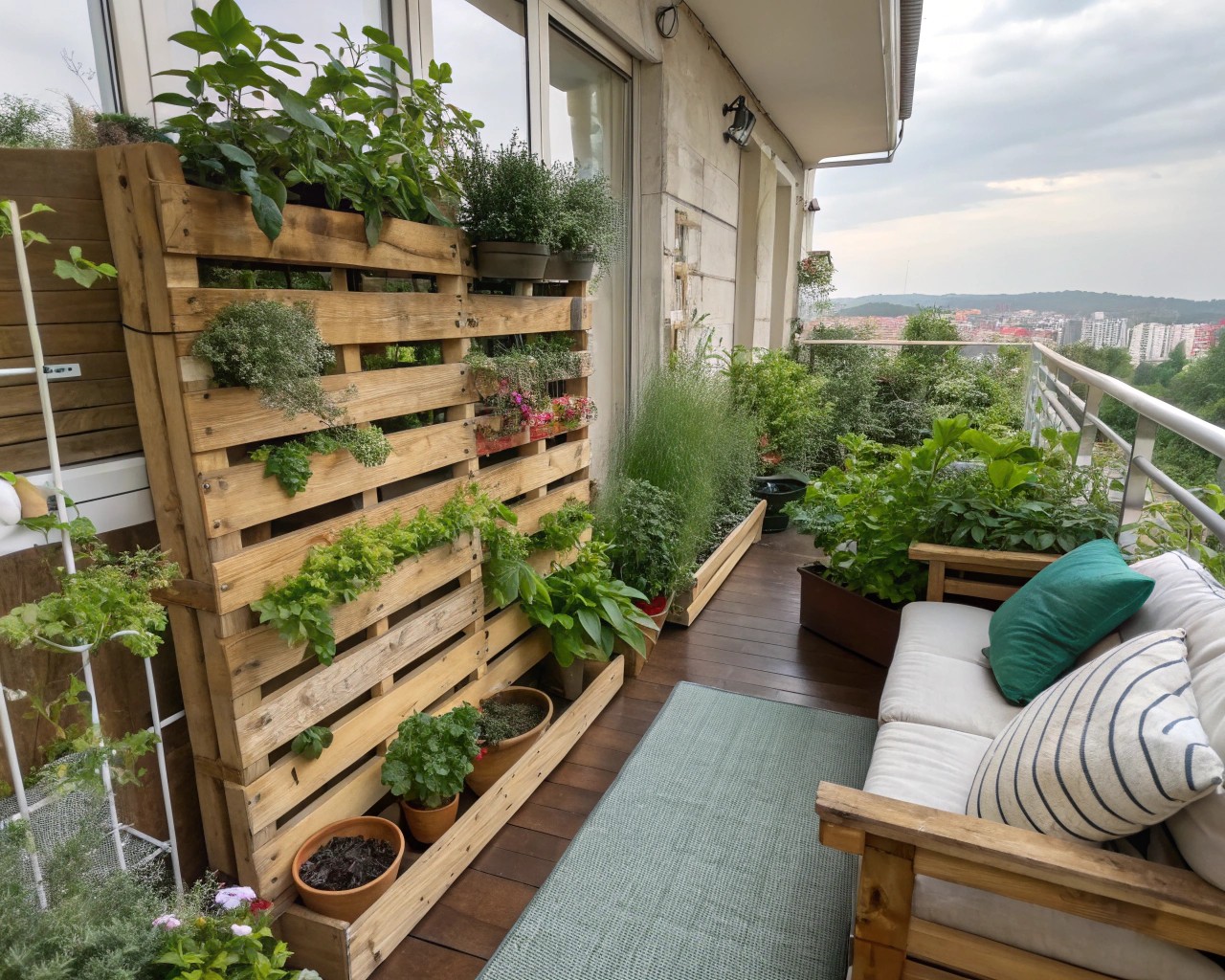
Vertical gardening using repurposed materials maximizes growing space while creating visual interest. Wooden pallets can be converted into vertical growing systems for under $20. The process involves securing landscape fabric to create planting pockets and adding drainage materials.
Pallet Garden Construction Steps:
1. Source free pallets from retailers or shipping companies
2. Sand rough surfaces and treat with food-safe wood preservative if desired
3. Attach landscape fabric to back and bottom using staples
4. Fill with lightweight potting mix made from free compost
5. Plant with appropriate vegetables, herbs, or flowers
Other effective container options include:
- Plastic bottles and containers for individual plant starts
- Old tires painted and stacked for raised bed systems
- Wooden crates arranged as modular planting systems
- Broken concrete pieces repurposed as rustic retaining walls
Structural Elements from Reclaimed Materials
Free outdoor structures can be constructed using entirely repurposed materials. Arbors, trellises, and pergolas provide vertical growing support and visual structure without requiring new lumber purchases.
Simple arbor construction using found materials involves creating a basic frame from reclaimed wood and adding cross-pieces for climbing plant support. These structures benefit both the garden’s functionality and aesthetic appeal while costing nothing beyond labor investment.
Community Resources and Networking
Building relationships within your local gardening community creates access to resources, knowledge, and materials that individual gardens cannot generate alone.
Local Extension Services and Master Gardener Programs
University extension services offer extensive free resources including soil testing, plant identification, and design consultation. Master Gardener volunteers frequently conduct free workshops on topics ranging from plant propagation to organic pest management.
Community Composting Programs
Community composting initiatives provide access to high-quality soil amendments while supporting environmental sustainability. These programs operate through collective action, pooling organic waste from multiple households to create larger-scale composting operations.
Participation typically involves:
- Dropping off food scraps and yard waste at designated collection points
- Following program guidelines for acceptable materials
- Accessing finished compost for garden use
- Sometimes volunteering with maintenance or education activities
Design Principles for Cost-Free Spaces
Effective design transcends expensive materials, relying instead on fundamental principles that create visual appeal and functional outdoor environments.
Color and Texture Coordination
Working with a limited plant palette often produces more cohesive results than attempting to include every available variety. Cool colors—blues, purples, and whites—create the illusion of greater space in small areas. This principle proves particularly valuable when working with propagated plants or limited plant selections.
Texture contrast provides visual interest without requiring diverse plant species. Combining fine-textured grasses with broad-leafed perennials creates dynamic compositions using common, easily propagated plants.
Spatial Organization and Flow
The 50-50 rule suggests balancing planted areas with open space to prevent overcrowding. This principle applies whether your “open space” consists of pathways, lawn areas, or simply mulched ground between plantings.
Key Spatial Relationships:
- Create clear circulation paths using available materials like wood chips or stepping stones
- Establish focal points using larger plants, sculptural elements, or seating areas
- Group plants in odd numbers (3, 5, 7) for more natural-appearing arrangements
- Repeat key plants or materials throughout the space for visual continuity
Vertical Integration
Utilizing vertical space maximizes impact in small areas while requiring minimal ground space. Climbing plants on repurposed trellises, hanging containers, and layered plantings create the impression of abundant vegetation without extensive horizontal space requirements.
Tall, narrow plants like alliums and Verbena bonariensis provide vertical accents without overwhelming small spaces. These plants often self-seed readily, providing ongoing supplies of new plants for expansion or sharing.
Maintenance Strategies for Long-term Success
Sustainable outdoor spaces require maintenance approaches that support continued growth and development without ongoing material inputs.
Soil Building Through Natural Processes
Building soil fertility using free organic materials ensures long-term garden health. Leaf mold, created by composting collected autumn leaves, provides excellent soil amendment. This process requires only leaves, time, and occasional turning to create valuable humus.
Sheet mulching techniques suppress weeds while building soil using readily available materials like cardboard, leaves, and grass clippings. This method eliminates the need for expensive soil amendments while creating fertile growing conditions.
Water Conservation and Management
Designing for water efficiency reduces long-term maintenance requirements while supporting plant health during drought conditions. Grouping plants with similar water needs simplifies irrigation while reducing waste.
Rain water collection using simple container systems provides free irrigation water during dry periods. Even basic collection methods using strategically placed containers can significantly reduce water usage and costs.
Self-Sustaining Plant Communities
Encouraging self-seeding annuals and naturalizing perennials creates gardens that regenerate themselves with minimal intervention. Plants like calendula, cosmos, and nigella readily self-seed, providing continuous color and cutting material.
Native plant communities require minimal maintenance once established, as they evolved to thrive in local soil and climate conditions. Many native plants can be propagated from seeds collected in natural areas or obtained through native plant society seed exchanges.

